Home>Garden Essentials>How Long Does It Take To Grow A Fig Tree From Seed
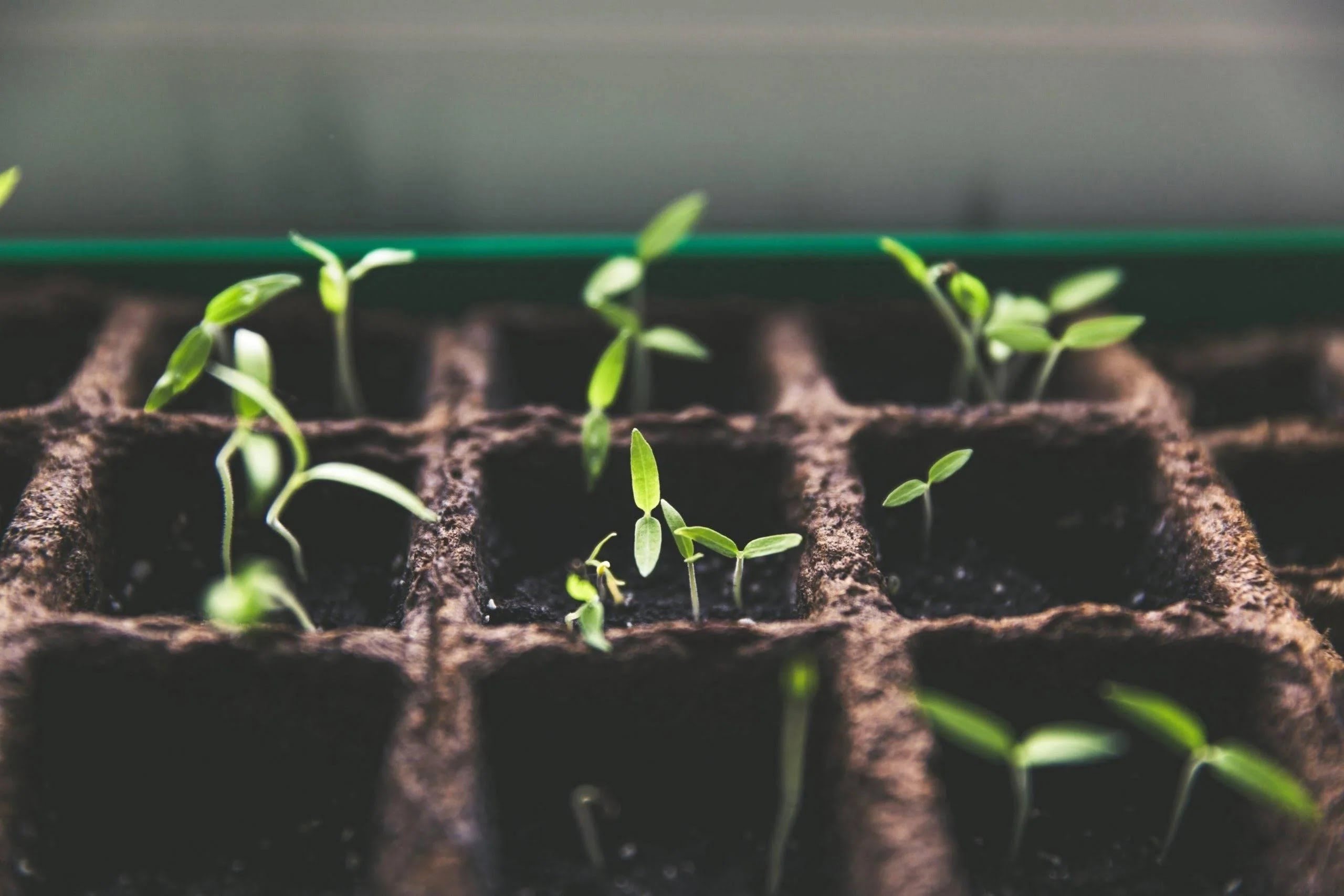

Garden Essentials
How Long Does It Take To Grow A Fig Tree From Seed
Modified: March 15, 2024
Discover how long it takes to grow a fig tree from seed in your garden. Get expert tips and advice to nurture your fig tree and enjoy a bountiful harvest.
(Many of the links in this article redirect to a specific reviewed product. Your purchase of these products through affiliate links helps to generate commission for Storables.com, at no extra cost. Learn more)
Introduction
Fig trees are known for their delicious fruits and their distinctive, broad leaves. Growing a fig tree can be a rewarding experience, whether you want a bountiful supply of fresh figs or simply enjoy the beauty this tree adds to your garden. But how long does it take to grow a fig tree from seed? In this article, we will explore the various factors that can affect the growth rate of fig trees and provide you with a comprehensive guide to understanding the timeline of growing fig trees from seed.
Growing a fig tree from seed requires patience and care, as it is a lengthy process that can take several years before you can enjoy the fruits of your labor. However, the journey from seed to mature fig tree is a fascinating one, filled with various stages of growth that are both rewarding and educational.
Before we delve into the timeline of fig tree growth, let’s take a closer look at the factors that can influence the rate at which a fig tree grows:
- Climate: Fig trees thrive in warm and Mediterranean climates, with mild winters and long, hot summers. The climate in which you are growing your fig tree can significantly affect its growth rate.
- Soil Conditions: Figs prefer well-draining soil that is rich in organic matter. Soil with poor drainage can lead to stunted growth and poor fruit production.
- Variety of Fig: Different varieties of fig trees have varying growth rates. Some varieties may grow faster than others, so it is important to choose the right variety for your specific needs and growing conditions.
- Seed Quality: The quality of the fig tree seeds you are using can impact the germination and growth rate. It is advisable to use high-quality seeds from a reputable source.
Now that we have a better understanding of the factors that can affect fig tree growth, let’s explore the timeline of growing fig trees from seed.
Key Takeaways:
- Growing a fig tree from seed requires patience and care, taking several years to reach maturity. Understanding factors like climate, soil, and watering is crucial for successful growth.
- The journey from seed to mature fig tree is filled with beauty, education, and the joy of nurturing a living thing. Embrace the process and enjoy the delicious rewards of growing your own fig tree.
Factors Affecting Fig Tree Growth Rate
Several factors can influence the growth rate of fig trees. Understanding these factors will help you create the optimal conditions for your fig tree to thrive and reach its full potential.
Climate: Fig trees are native to the Mediterranean region, where they are accustomed to warm and dry climates. They require a minimum of 8 hours of direct sunlight per day and prefer temperatures ranging from 20 to 30 degrees Celsius (68 to 86 degrees Fahrenheit). In regions with colder climates, it is essential to provide protection and insulation to the fig tree during the winter months to ensure its survival.
Soil Conditions: Fig trees prefer well-draining soil that is rich in organic matter. The pH level of the soil should be around neutral to slightly acidic, between 6.0 and 6.5. Heavy clay or compacted soil can impede root development and lead to stunted growth. It is advisable to amend the soil with organic matter, such as compost or well-rotted manure, to improve its structure and fertility.
Watering: Fig trees have moderate water needs and are relatively drought-tolerant once established. However, adequate watering is crucial during the first few years of growth to promote root establishment. It is important to strike a balance between keeping the soil moist and avoiding waterlogged conditions, as excessively wet soil can lead to root rot. Mulching around the base of the tree can help retain moisture and regulate soil temperature.
Pruning: Pruning is essential for maintaining the shape and size of the fig tree and promoting healthy growth. Regular pruning helps remove dead or diseased branches, improves airflow and sunlight penetration, and stimulates new growth. Prune the tree during its dormant period in late winter or early spring before the new growth begins.
Fertilization: Fig trees have modest fertilizer requirements. It is best to use a balanced fertilizer with equal amounts of nitrogen, phosphorus, and potassium. Apply the fertilizer in early spring before new growth emerges and again in early summer. Avoid over-fertilization, as excessive nitrogen can lead to excessive vegetative growth at the expense of fruit production.
Pest and Disease Management: Fig trees can be susceptible to certain pests and diseases, including aphids, scale insects, fungal leaf spots, and root-knot nematodes. Regular inspection and early intervention are important to prevent infestations and minimize damage. Use organic or chemical controls as necessary, following the instructions carefully to protect the tree and the environment.
By considering and optimizing these factors, you can create an environment that promotes healthy growth and maximizes the growth rate of your fig tree.
Germination Period of Fig Tree Seeds
Germination is the first stage in the life cycle of a fig tree and refers to the process of a seed developing into a seedling. The germination period for fig tree seeds can vary, but on average, it takes about 2 to 4 weeks for the seeds to germinate.
To start the germination process, it is recommended to use fresh fig tree seeds. Harvest the seeds from ripe figs, ensuring that the seeds are clean and free from any pulp or debris. Rinse the seeds thoroughly with water and pat them dry with a paper towel.
Once you have prepared the seeds, you can choose between two germination methods:
- Direct Sowing: In this method, you plant the fig tree seeds directly into the prepared soil or containers. Ensure that the soil is well-draining and lightly compacted. Plant the seeds about 1 inch deep, covering them with soil, and water gently. Place the container or seedbed in a warm and sunny location, ensuring that the soil remains consistently moist but not waterlogged. Keep in mind that it may take longer for the seeds to germinate if the conditions are not ideal.
- Stratification: Stratification is a method that involves subjecting the fig tree seeds to a period of cold treatment to break their dormant state. To stratify the seeds, wrap them in a damp paper towel and place them in a plastic bag. Seal the bag and refrigerate it for 4 to 6 weeks. After the stratification period, remove the seeds from the refrigerator and plant them in well-draining soil. Keep the soil consistently moist and provide a warm and sunny location for optimal germination.
During the germination period, it is important to monitor the moisture levels and provide adequate sunlight for the seeds to sprout. Be patient and keep in mind that not all seeds may germinate, but with proper care, you should see signs of growth within a few weeks.
Once the seedlings have emerged, they will develop their first set of true leaves. At this stage, they can be transplanted into individual pots or spaced out in the garden, ensuring proper spacing between each seedling. Continue to provide them with sufficient water, sunlight, and nutrients to facilitate their growth and development.
It is worth noting that growing fig trees from seeds may result in variations in fruit quality and characteristics. If you have a specific fig variety in mind, it is advisable to obtain a cutting or a grafted plant from a reputable nursery to ensure consistency.
Now that the germination period is complete, and the seedlings have emerged, let’s move on to the next stage of fig tree growth – the seedling stage.
Seedling Stage of Fig Tree Growth
After the germination period, the fig tree seeds will begin to sprout and develop into seedlings. This stage marks the beginning of their journey towards becoming mature fig trees. During the seedling stage, it is crucial to provide the right conditions and care for the young plants to ensure their proper growth and development.
Here are some key aspects to consider during the seedling stage of fig tree growth:
Light: Seedlings require ample sunlight to promote healthy growth. Place them in a location where they will receive at least 6 to 8 hours of direct sunlight each day. If you are growing them indoors, consider using artificial grow lights to supplement the natural light source.
Watering: Seedlings have delicate root systems, and overwatering can lead to root rot and other issues. Water the seedlings when the top inch of soil feels dry. Aim for consistent moisture without waterlogging the soil. Avoid letting the soil dry out completely or keeping it too soggy.
Potting and Transplanting: As the seedlings grow, they will outgrow their initial container or seed tray. When the seedling has developed a few sets of leaves and a well-established root system, it can be transplanted into a larger pot or directly into the ground. Use well-draining soil that is rich in organic matter and transplant the seedling carefully, ensuring that the roots are not damaged.
Temperature and Humidity: Fig tree seedlings prefer warm temperatures, ideally between 20 to 30 degrees Celsius (68 to 86 degrees Fahrenheit). They also appreciate moderate humidity levels. Keep the seedlings away from drafty areas and protect them from extreme temperature fluctuations.
Fertilization: Once the seedlings have established a few sets of true leaves, they can benefit from a diluted, balanced fertilizer. Choose a fertilizer specifically formulated for young plants and follow the manufacturer’s instructions for application rates. Avoid over-fertilizing, as it can burn the delicate roots.
Pruning: During the seedling stage, pruning is not necessary. Allow the young plants to develop a strong and healthy framework of branches before considering any pruning. Trimming off any damaged or diseased foliage is acceptable.
Throughout the seedling stage, observe the growth and health of the young fig trees. Monitor for any signs of pests or diseases and take appropriate action if necessary. As the seedlings continue to grow and mature, they will enter the next stage of fig tree growth – the maturation period.
Before we delve into the maturation period, it is important to address the process of transplanting fig tree seedlings.
Fig trees grown from seeds can take 3-5 years to produce fruit. To speed up the process, consider starting with a cutting from a mature tree instead of a seed. Keep the soil consistently moist and provide plenty of sunlight for optimal growth.
Transplanting Fig Tree Seedlings
Transplanting fig tree seedlings is a critical step in their growth journey. It involves moving the young plants from their initial containers or seed trays into larger pots or directly into the ground. Proper transplantation is essential to ensure the healthy development and establishment of the fig tree.
Here are some important guidelines to follow when transplanting fig tree seedlings:
Timing: The best time to transplant fig tree seedlings is in the early spring when the soil is starting to warm up, and the risk of frost has passed. This allows the young plants to establish their roots in favorable growing conditions.
Preparing the Planting Hole: If you are transplanting the seedlings into the ground, start by preparing the planting hole. Dig a hole that is wide and deep enough to accommodate the root ball of the seedling. Ensure that the hole is filled with loose, well-draining soil enriched with organic matter.
Transplanting Process: Gently remove the seedling from its container by loosening the soil around the root ball and carefully lifting it out. Handle the seedling by its leaves or rootball to avoid damaging the delicate stem. Place the seedling into the prepared planting hole, making sure that it is positioned at the same depth as it was in its original container. Backfill the hole with soil, firming it gently around the roots to eliminate any air pockets. Water the transplant thoroughly to help settle the soil around the roots.
Pot Selection: If you are transplanting the seedlings into larger pots, choose containers that are at least 18 inches deep and have drainage holes. Fill the pots with well-draining potting mix, leaving enough space for the rootball of the seedling. Place the seedling in the center of the pot and backfill with soil, gently firming it around the roots. Water the transplant thoroughly to ensure proper hydration.
Aftercare: After transplanting, it is essential to provide proper aftercare to promote the seedling’s successful establishment. Keep the newly transplanted seedlings well-watered, making sure the soil remains consistently moist but not waterlogged. Protect the delicate plants from strong winds and provide shade during hot, sunny periods to prevent stress.
Monitoring and Adjustment: Monitor the transplanted seedlings closely for any signs of stress or potential issues. Adjust watering and environmental conditions as needed to ensure their health and growth. Keep in mind that it may take some time for the seedlings to recover and resume their growth, but with proper care, they will gradually acclimate to their new environment.
Transplant shock is a common occurrence when moving seedlings, and it may cause temporary setbacks in growth. However, with consistent care and attention, your fig tree seedlings will overcome the shock and continue to thrive and mature.
With the successful transplanting of your fig tree seedlings complete, let’s move on to the final phase of fig tree growth – the maturation period.
Maturation Period of Fig Trees
The maturation period of fig trees is a critical stage where the young seedlings transform into mature trees capable of producing abundant and delicious figs. This period can vary depending on several factors such as the fig variety, growing conditions, and overall care. On average, it takes about 3 to 5 years for a fig tree to reach maturity and start bearing fruits.
During the maturation period, here are some important aspects to consider to ensure the optimal growth and fruit production of your fig tree:
Pruning: Regular pruning plays a significant role in shaping the growth of your fig tree and maintaining its overall health. Prune during the dormant season, typically in late winter or early spring, when the tree is not actively growing. Remove dead or damaged branches, as well as any crossing or crowded branches that can hinder airflow and sunlight penetration. Pruning also helps manage the size of the tree and stimulates new growth for better fruit production.
Pollination: Fig trees have a unique pollination process that involves a symbiotic relationship with a specific wasp species. However, most commercially available fig varieties sold as fruits are usually parthenocarpic, meaning they do not require pollination to produce fruit. This is good news for home gardeners, as it eliminates the need for specific pollination requirements.
Watering: While fig trees are relatively drought-tolerant, consistent watering is crucial during the maturation period, especially during dry spells. Water deeply and thoroughly, allowing the water to penetrate the root zone. Avoid overwatering as it can lead to root rot. Mulching around the base of the tree helps retain moisture and regulate soil temperature.
Fertilization: Fertilize your fig tree during the growing season to provide essential nutrients for healthy growth and fruit production. Use a balanced fertilizer with equal proportions of nitrogen, phosphorus, and potassium. Apply the fertilizer according to the package instructions, typically in early spring and again in early summer.
Pest and Disease Management: Fig trees can be susceptible to pests such as aphids, scale insects, and fruit flies, as well as diseases like fungal leaf spots and root rot. Regularly inspect your tree for any signs of infestation or disease. Use organic or chemical controls as necessary, following instructions carefully to protect both the tree and the environment.
Harvesting: As your fig tree reaches maturity, the fruits will start to ripen and become ready for harvest. Figs are typically harvested when they are fully colored, slightly soft to the touch, and easily detach from the tree. Gently twist or cut the ripe figs from the tree, being careful not to damage the branches or remaining fruits.
Throughout the maturation period, continue to monitor the health and growth of your fig tree. Provide regular care, including irrigation, fertilization, and pest management, to support its development. With time and proper care, your fig tree will reach its full potential, producing delicious fruits for you to enjoy for years to come.
Now that you understand the maturation process of fig trees, let’s conclude our article on growing fig trees from seed.
Conclusion
Growing a fig tree from seed requires patience and dedication, but the rewards are well worth it. Throughout the various stages of growth, from germination to the maturation period, your fig tree will transform into a beautiful and fruitful addition to your garden.
Understanding the factors that influence fig tree growth, such as climate, soil conditions, and variety, is crucial for providing the optimal environment for your tree’s success. By considering these factors and making appropriate adjustments, you can maximize the growth rate and overall health of your fig tree.
The germination period marks the beginning of the fig tree’s life, and with proper care and attention, the seeds will transform into seedlings. As the seedlings grow, ensure they receive adequate sunlight, water, and nutrients to support their development and prepare them for transplantation.
Transplanting the seedlings is a crucial step in their journey. Whether you choose to transplant them into larger pots or directly into the ground, providing the right conditions and aftercare will help the seedlings adapt and establish themselves in their new environment.
Finally, the maturation period is when your fig tree will reach its full potential, producing delicious and sweet figs. Proper pruning, watering, fertilization, and pest management will ensure the tree’s overall health and maximize fruit production. Harvest the ripe figs and enjoy the delicious rewards of your hard work and patience.
Remember, growing a fig tree from seed is a long-term process that requires ongoing care and attention. While it may take several years for your tree to reach maturity, the journey is filled with beauty, education, and the joy of nurturing a living thing. Embrace the process, and with time, you will reap the delicious rewards of growing your own fig tree.
So, if you have the desire to embark on an exciting gardening adventure, consider growing a fig tree from seed. With the right knowledge, care, and perseverance, you can witness the transformation from a tiny seed to a magnificent fig tree that will bring you years of joy and tasty harvests.
Frequently Asked Questions about How Long Does It Take To Grow A Fig Tree From Seed
Was this page helpful?
At Storables.com, we guarantee accurate and reliable information. Our content, validated by Expert Board Contributors, is crafted following stringent Editorial Policies. We're committed to providing you with well-researched, expert-backed insights for all your informational needs.
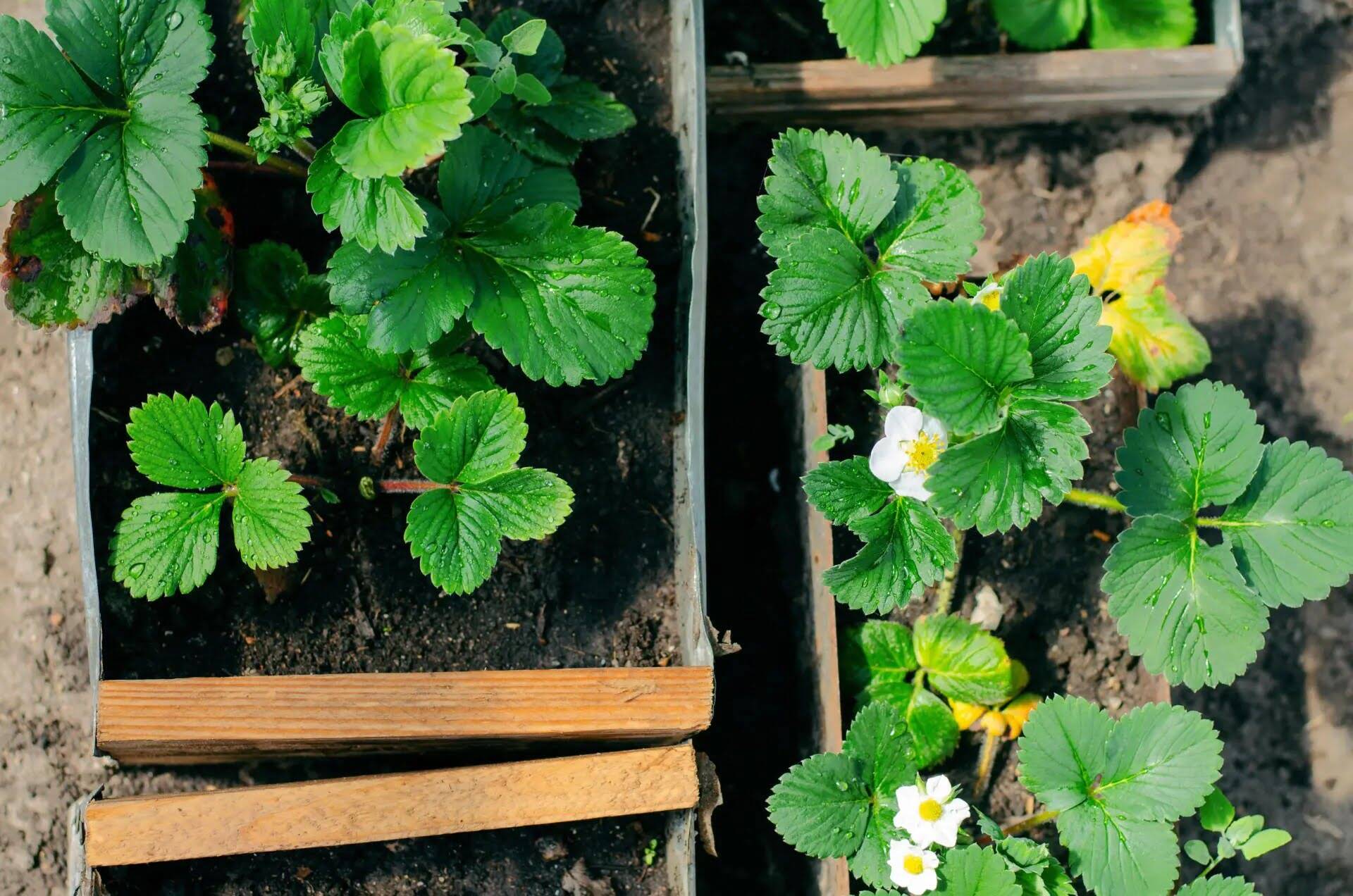
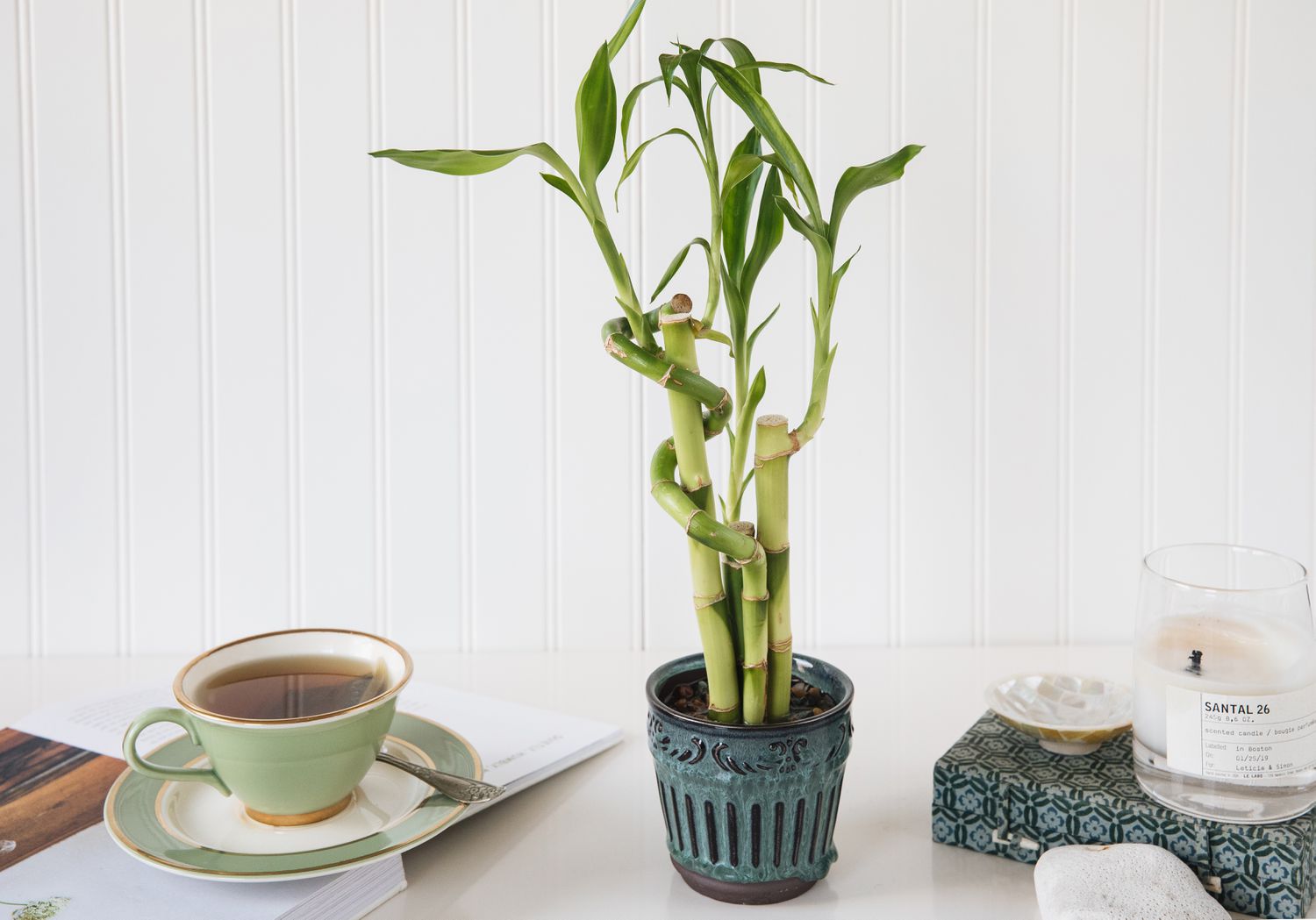
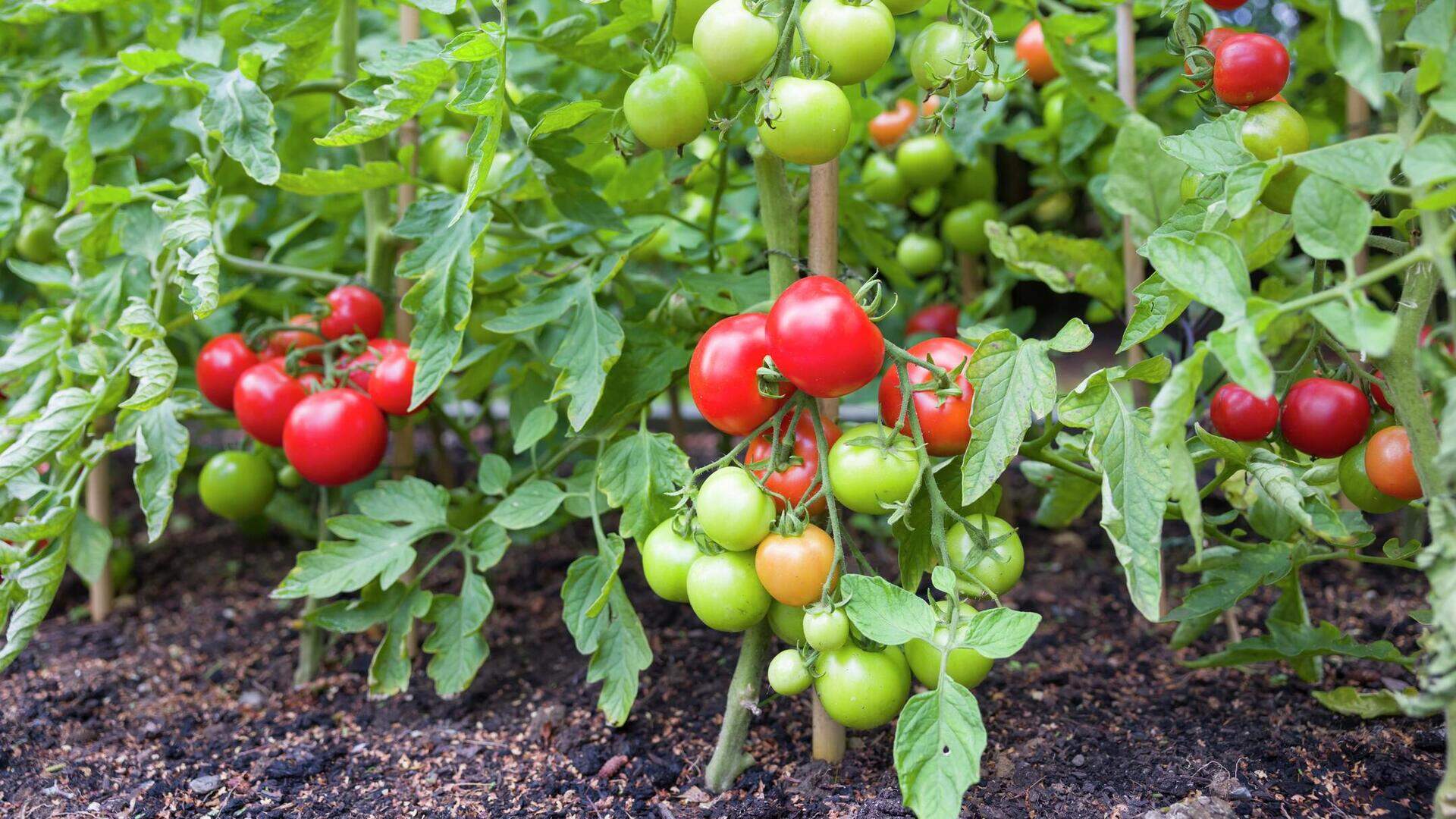
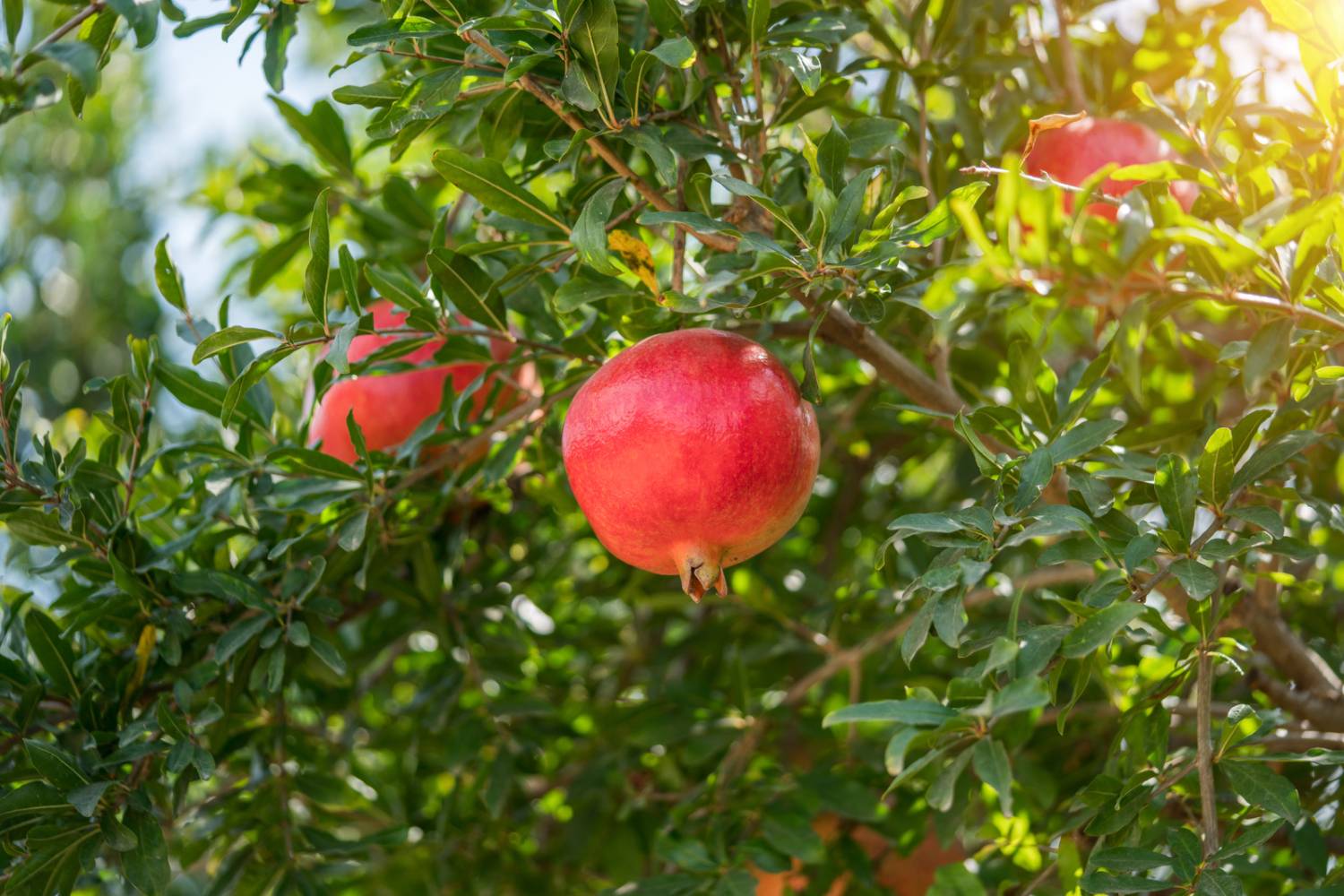
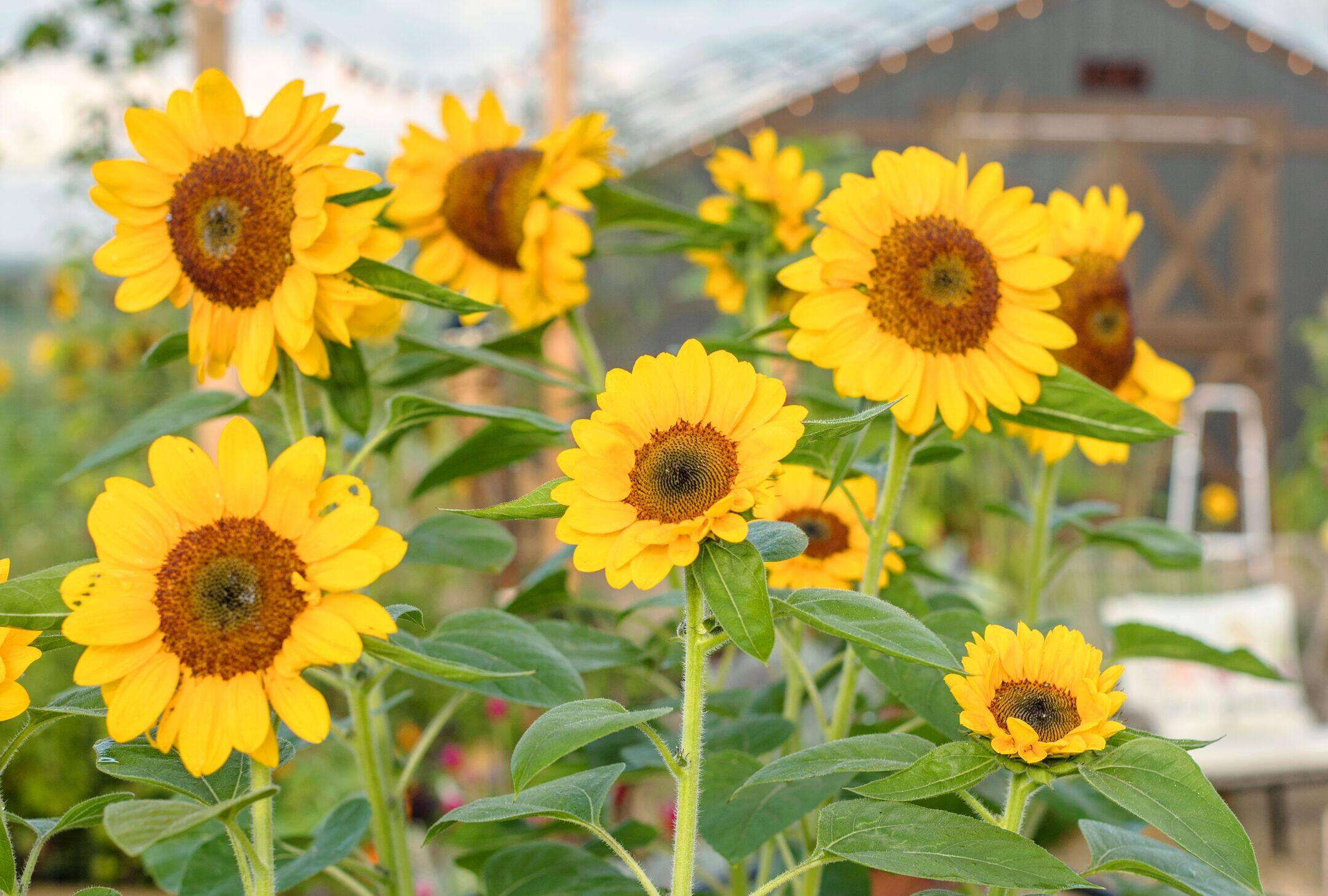
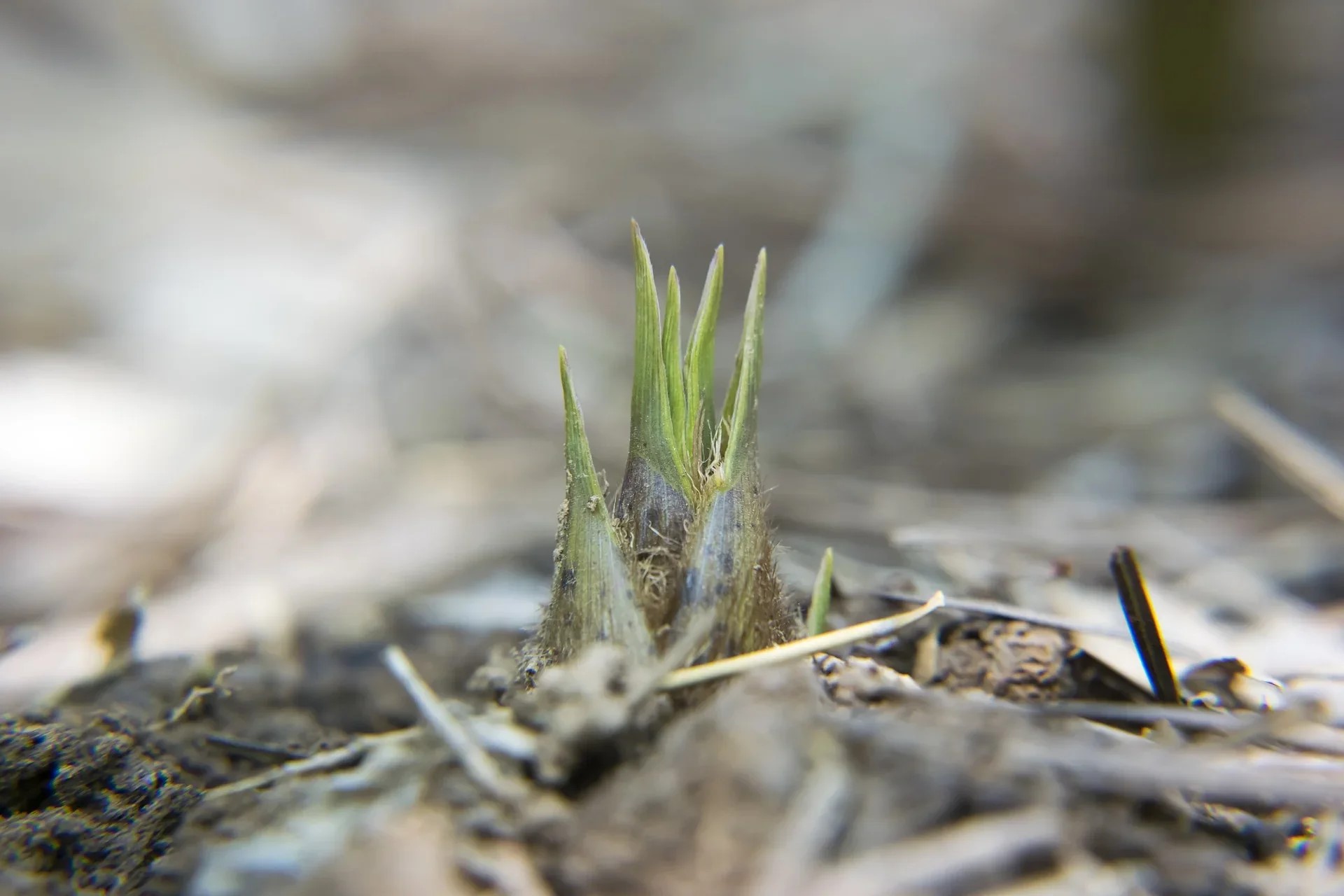
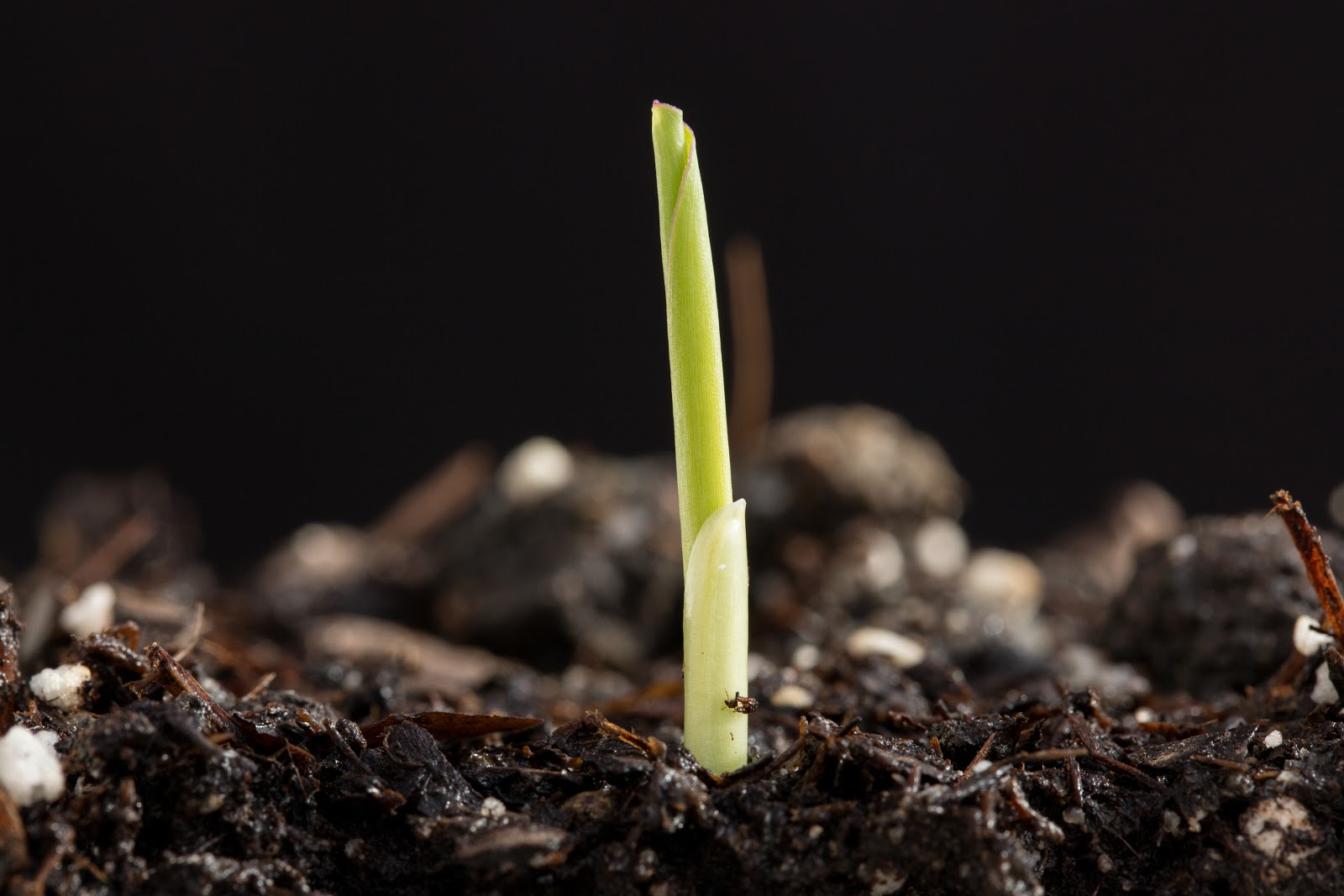
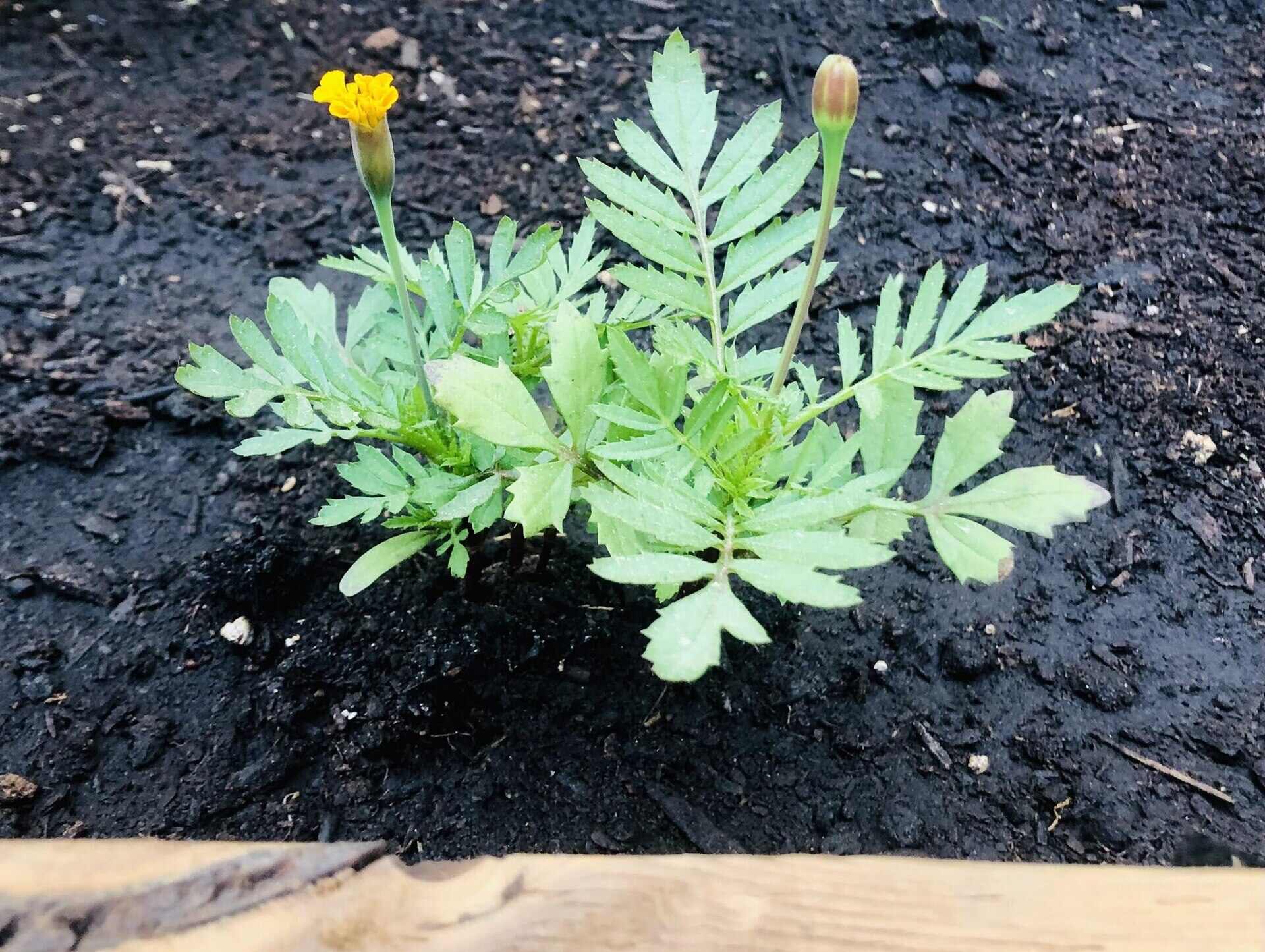
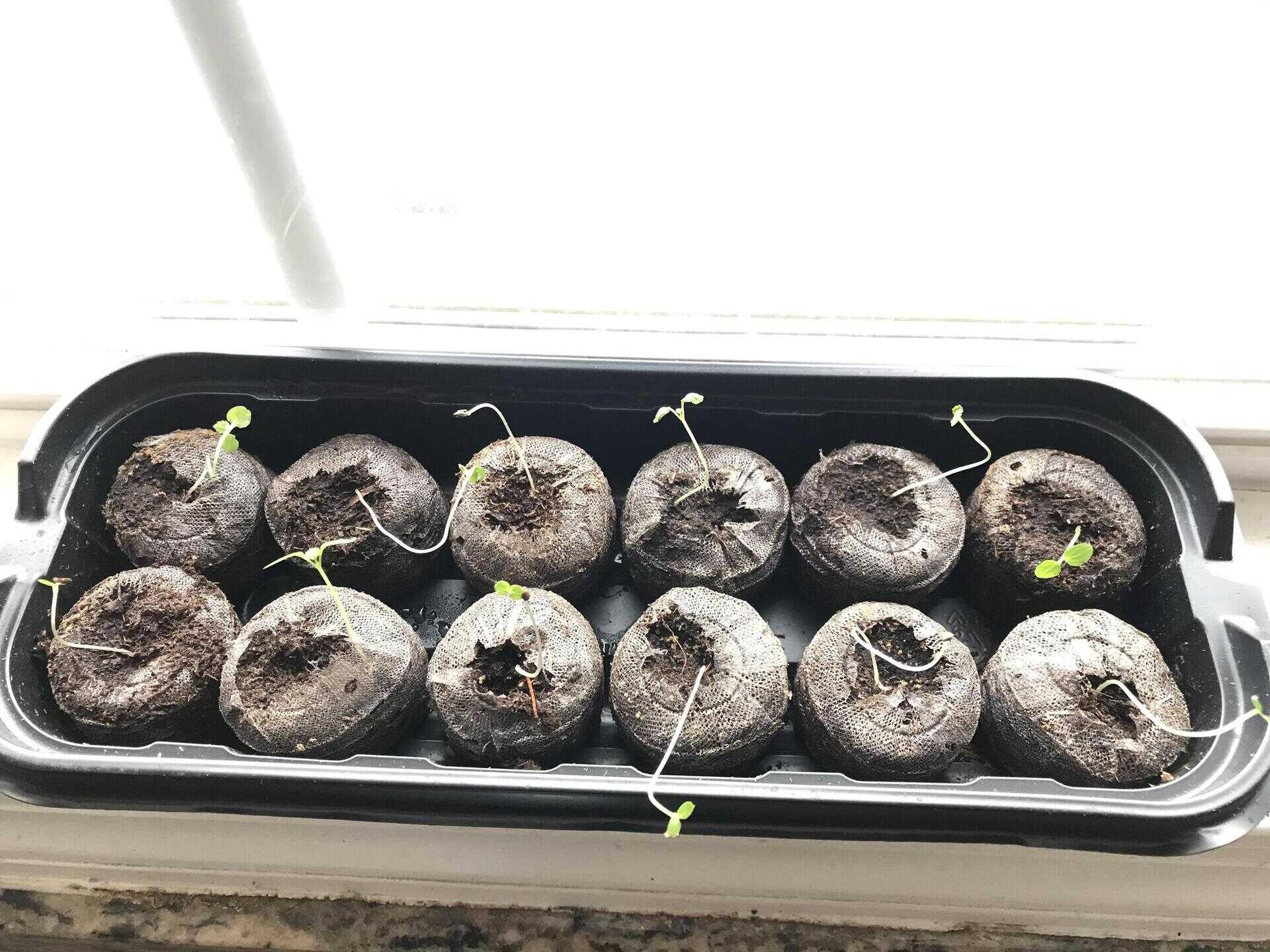
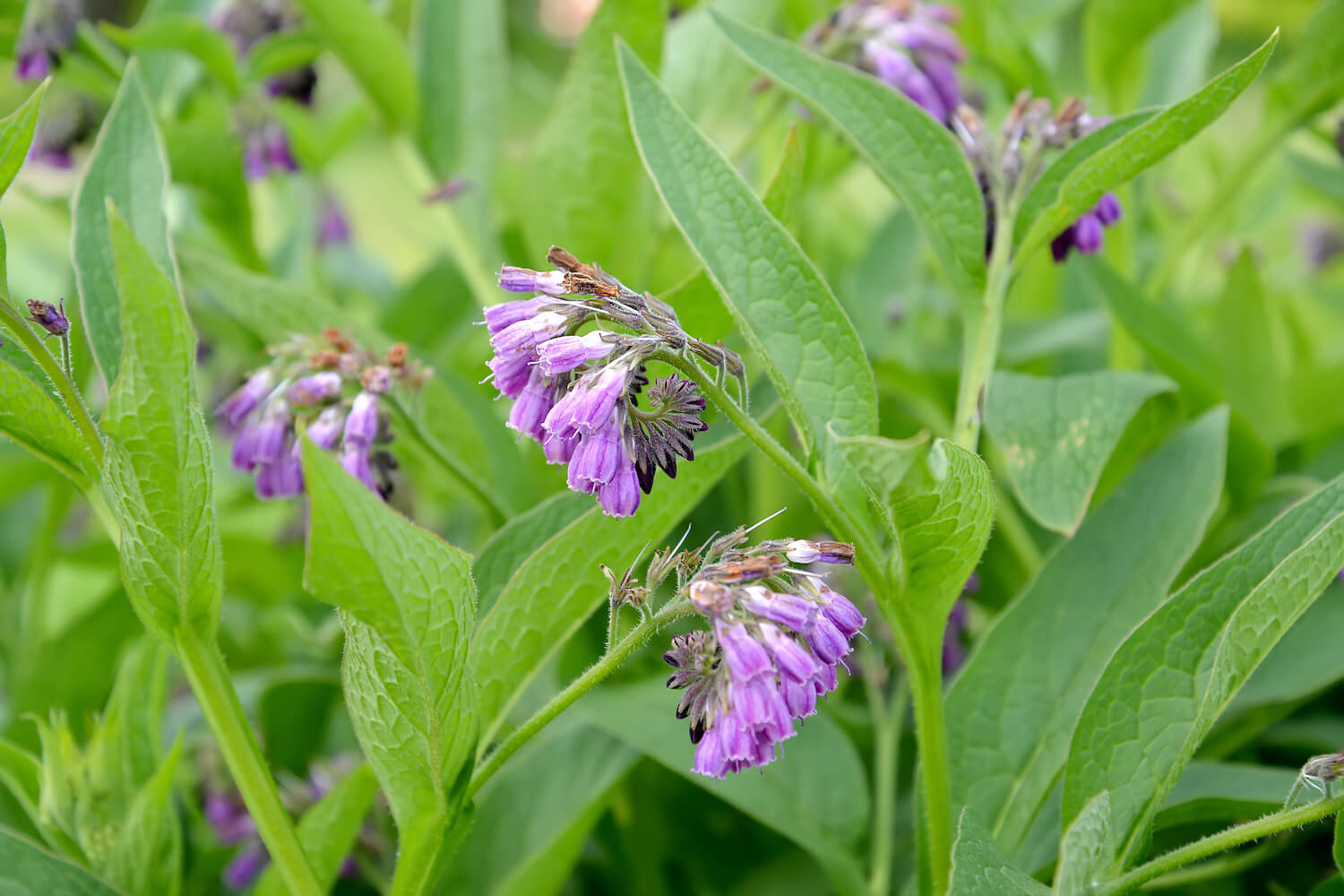
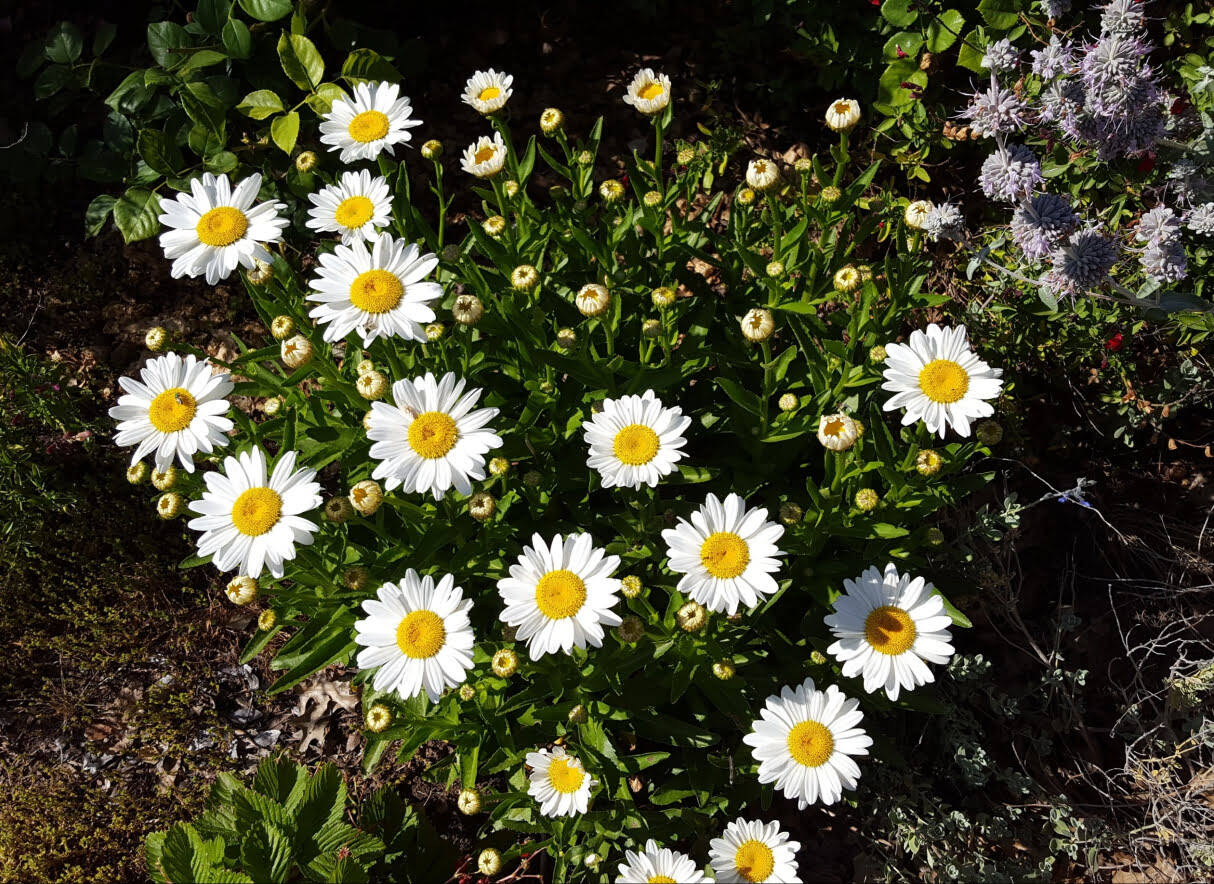
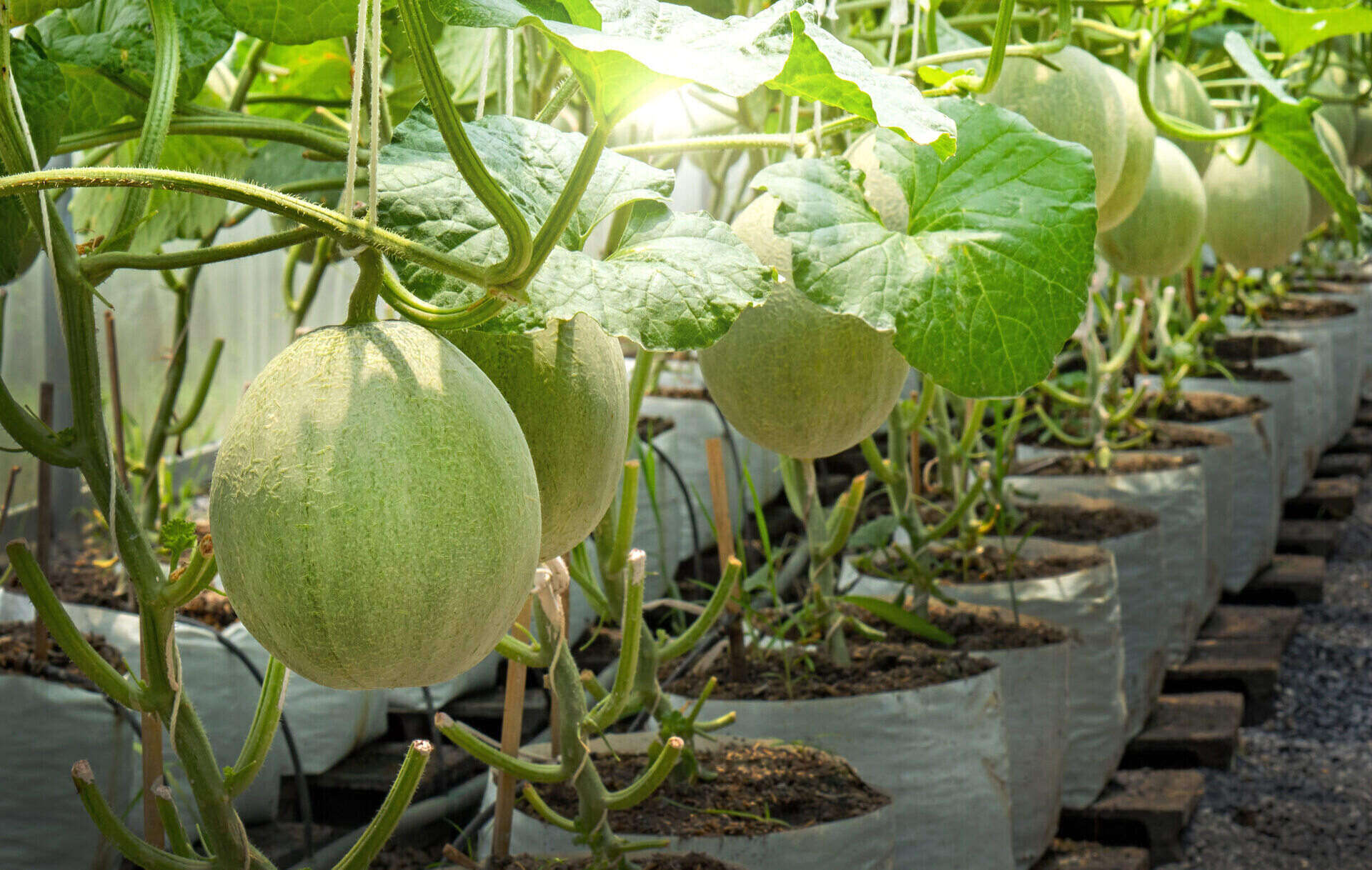
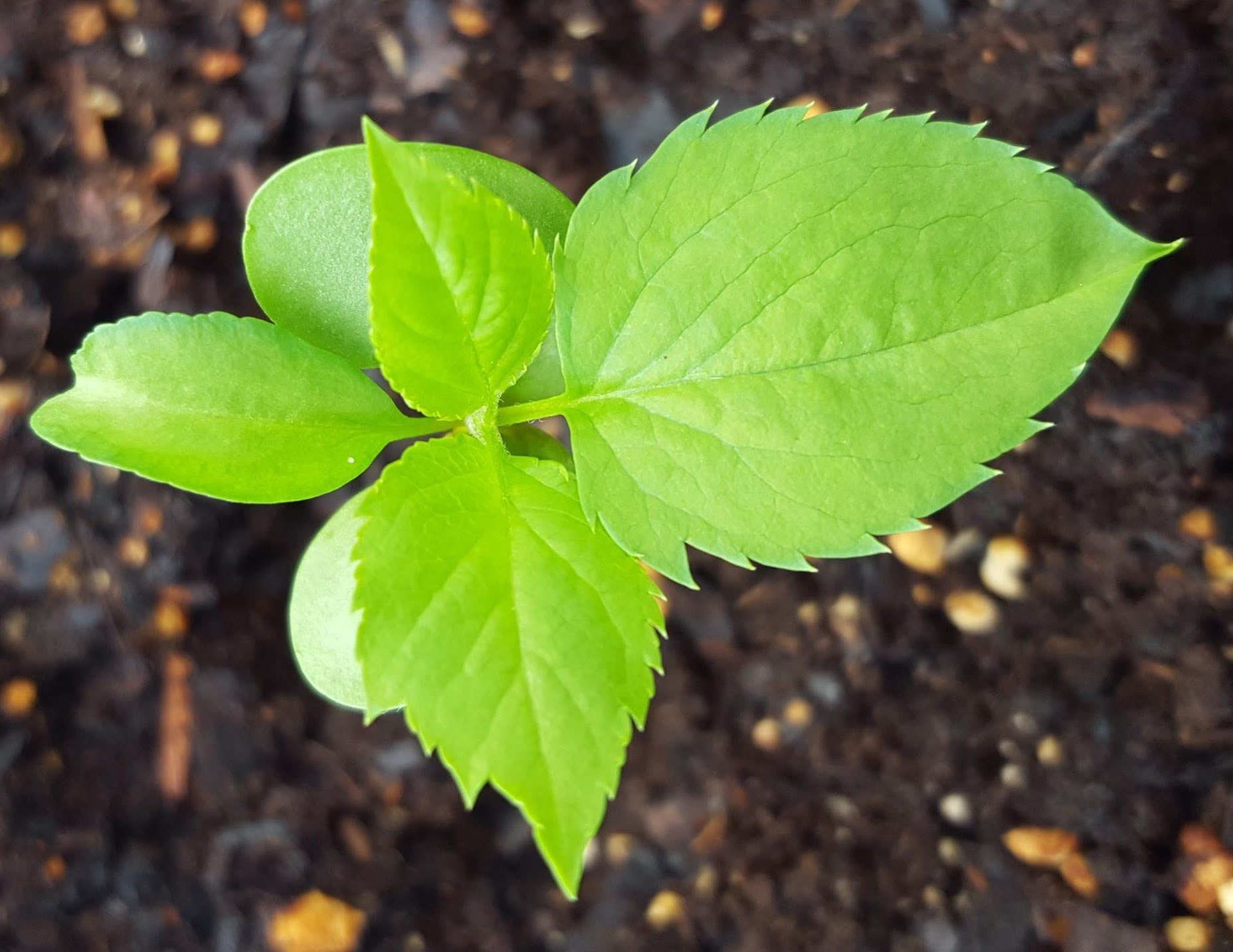
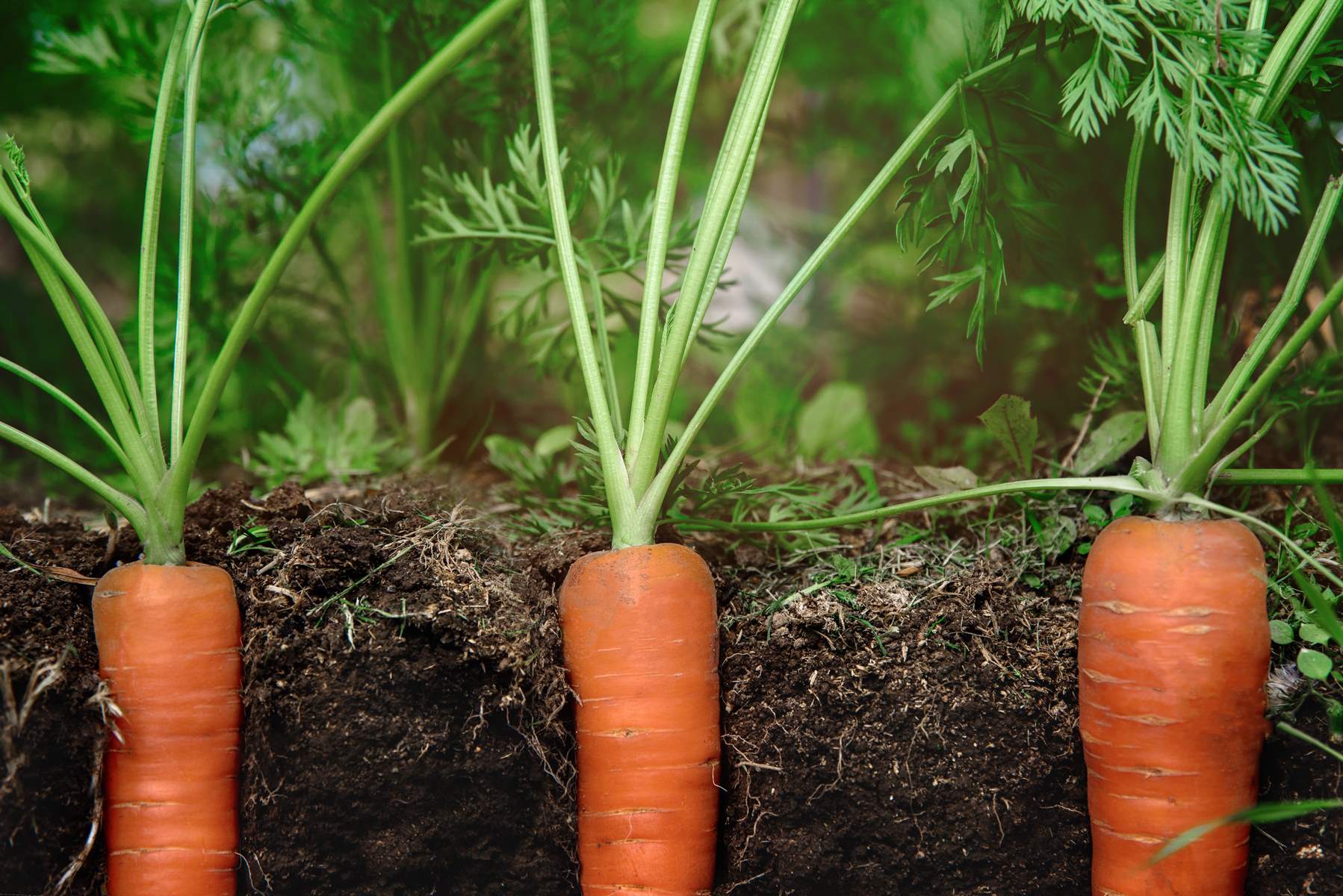

0 thoughts on “How Long Does It Take To Grow A Fig Tree From Seed”